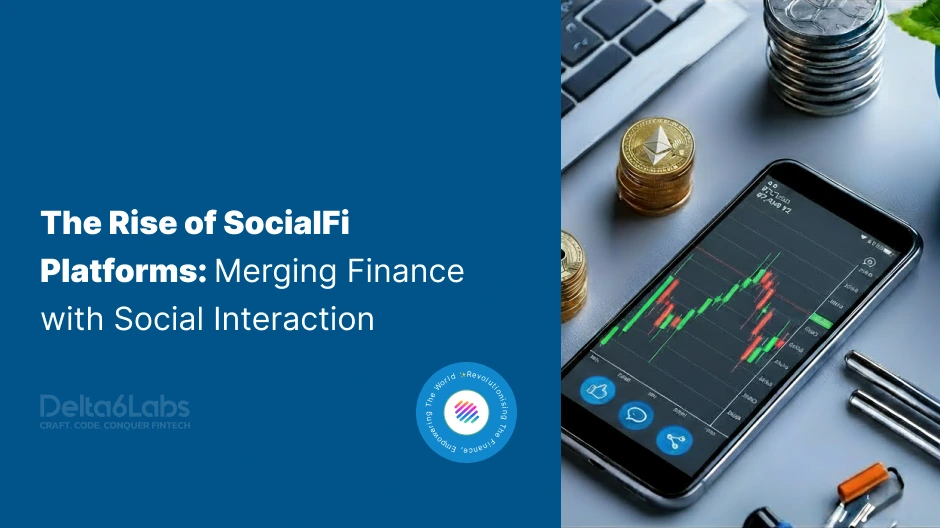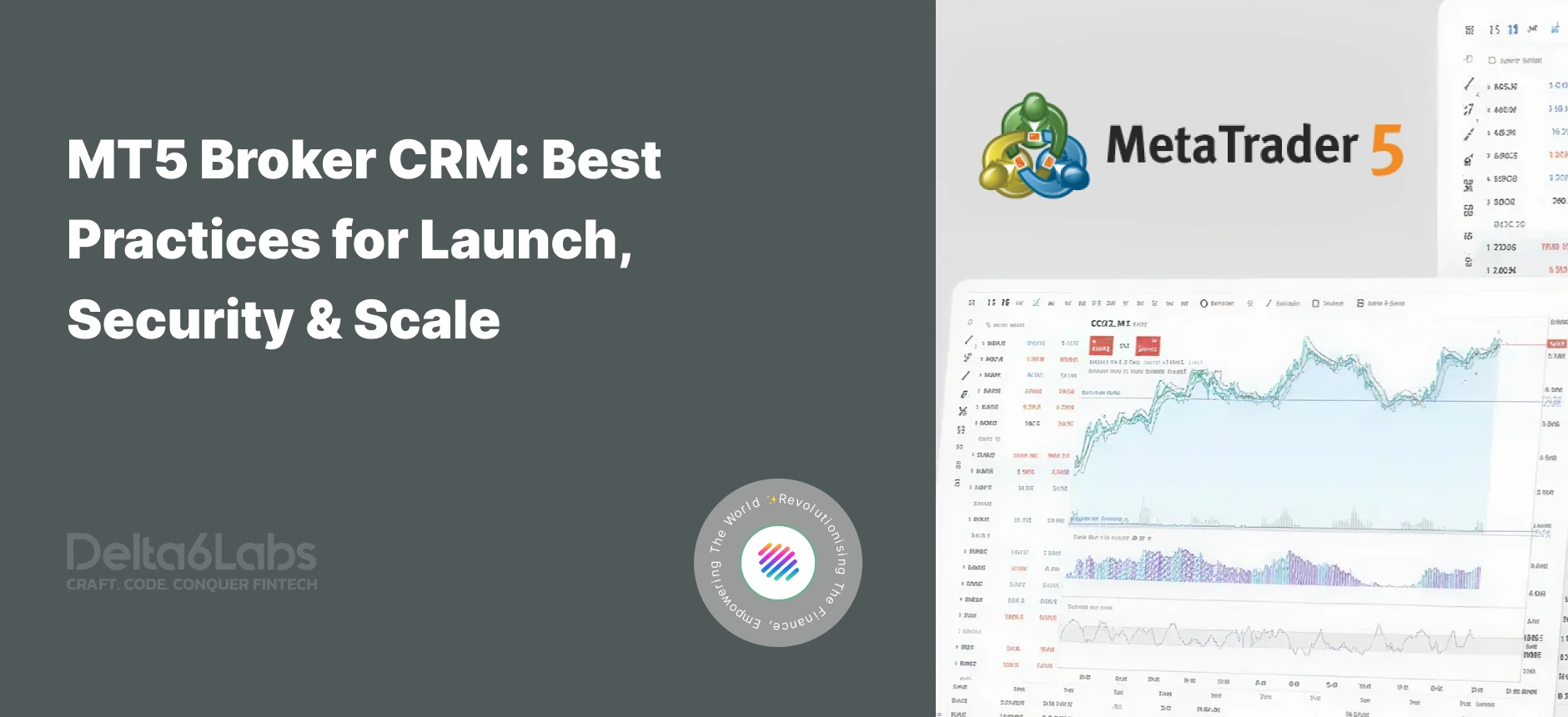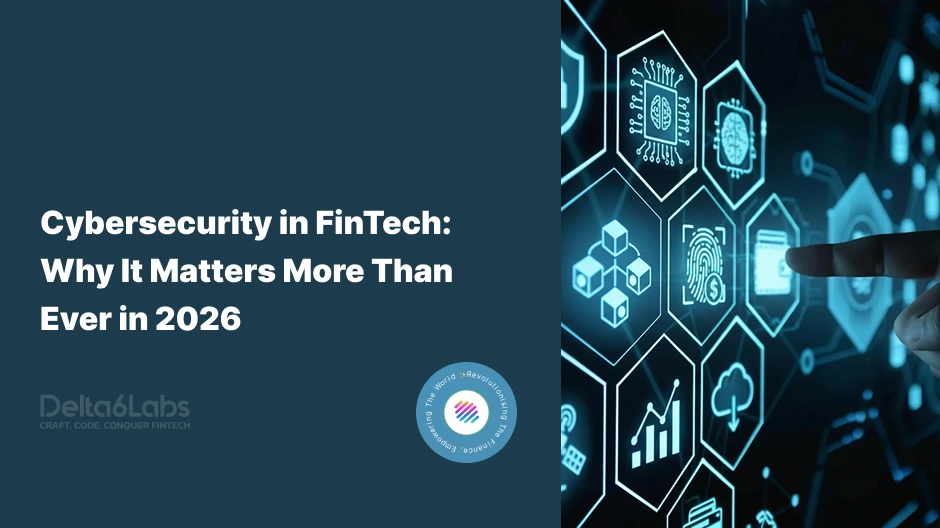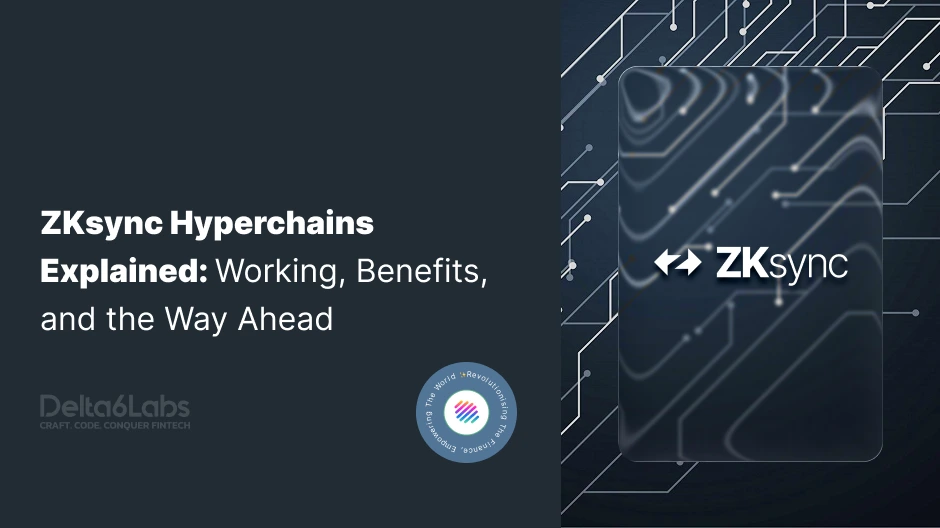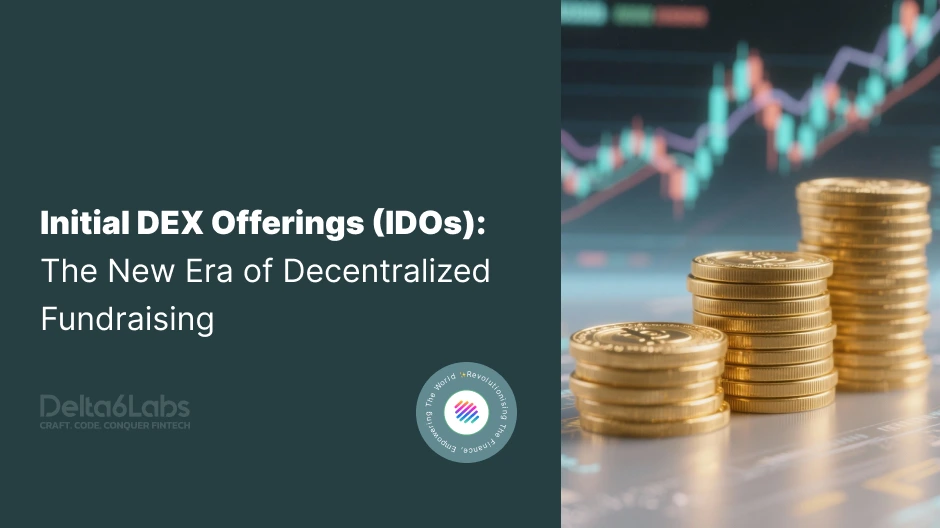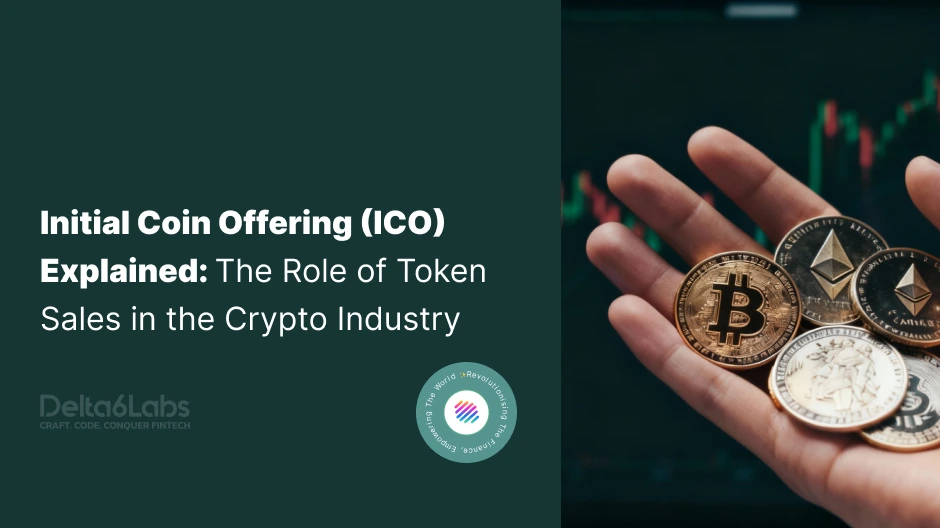The Rise of SocialFi Platforms: Merging Finance with Social Interaction
Table of Contents
Key Takeaways
- SocialFi combines social media with decentralized finance, creating ecosystems where users own, control, and monetize their online interactions.
- Blockchain and tokenization are the foundation of SocialFi, ensuring transparency, fair rewards, and censorship resistance.
- User ownership and community governance replace corporate control, redefining how value is distributed in digital spaces.
- The future of SocialFi lies in scalability, interoperability, and mainstream adoption, unlocking a new era where digital identity and economic freedom coexist
In today’s digital economy, social engagement and financial empowerment are no longer separate domains, they’re converging in a new era of blockchain-driven innovation known as SocialFi. The term, short for Social Finance, represents the fusion of social media dynamics with decentralized finance (DeFi) principles.
From creators monetizing their influence to communities investing collectively, SocialFi is transforming how people interact, invest, and earn online. It’s a revolution where every like, post, and comment can carry real monetary value. According to a report, SocialFi market revenue was valued at USD 2.5 billion in 2024 and is estimated to reach USD 10 billion By 2033, growing at a CAGR Of 17.5% From 2026 To 2033.
In this blog, we’ll explore what SocialFi is, how it works, the driving forces behind its growth, key platforms shaping the ecosystem, challenges it faces, and what the future might hold for this new social-financial paradigm.
What is SocialFi?
SocialFi (Social Finance) refers to decentralized applications (dApps) and platforms that blend social networking features with financial tools like tokenization, NFTs, and DeFi mechanisms.
In simple terms, SocialFi enables users to own, control, and monetize their social interactions through blockchain-based tokens. Unlike traditional social media where companies profit from user data and engagement, SocialFi platforms distribute that value back to the users and creators themselves.
Think of it as “social media meets crypto economics.” You don’t just follow people, you can invest in them. You don’t just post, you can earn tokens for your contributions. Your reputation, content, and influence become tokenized assets.
The Core Principles of SocialFi
SocialFi rests on three foundational pillars:
- Ownership – Users own their data, content, and social identity. No centralized authority can censor or monetize it without consent.
- Tokenization – Every interaction, likes, follows, posts, and community participation can be rewarded or monetized through native tokens or NFTs.
- Decentralization – SocialFi runs on blockchain networks, ensuring transparency, privacy, and immutability without relying on corporate intermediaries.
In essence, SocialFi transforms online engagement into a decentralized digital economy.
How SocialFi Works?
SocialFi platforms combine blockchain protocols, smart contracts, and community-driven governance to create self-sustaining social ecosystems.
Here’s how it typically functions:
- Identity and Ownership: Users create decentralized profiles linked to blockchain wallets. This allows for verifiable digital identity without depending on centralized databases.
- Token Economy: Each platform issues its own token or integrates with existing ones. Tokens can represent influence, rewards, or governance rights. For example, creators can issue their own “social tokens,” giving fans a stake in their growth.
- Monetization Mechanisms: Users earn by creating content, participating in communities, or trading NFTs tied to their online personas.
- Governance and Community: Platforms often implement DAO (Decentralized Autonomous Organization) structures, where users vote on platform upgrades, reward mechanisms, or policy changes using governance tokens.
- Financial Layer: Many SocialFi dApps integrate DeFi elements like staking, yield farming, or liquidity pools to enable passive income from social participation.
What Makes SocialFi Unique
- User Empowerment: SocialFi returns control and ownership to the users. You own your profile, data, followers, and earnings, forever recorded on blockchain.
- Monetization Opportunities: Every post, comment, or community activity can be monetized. Users can earn tokens through engagement or investment.
- Transparency & Fairness: Unlike opaque Web2 algorithms, SocialFi runs on smart contracts with open-source logic, ensuring fair distribution of rewards.
- Data Privacy: Decentralized identity systems give users control over what data they share, addressing growing privacy concerns in centralized networks.
- Cross-Platform Interoperability: With projects like Lens and CyberConnect, users can carry their reputation and audience across multiple dApps—something impossible on platforms like Twitter or Instagram.
Challenges Impacting SocialFi Expansion
Despite its promise, SocialFi still faces significant obstacles before mainstream adoption.
Scalability and Gas Fees
Storing millions of social interactions on-chain can be expensive and slow. Layer-2 scaling solutions and off-chain storage mechanisms are still evolving.
Regulation and Compliance
Monetizing social interactions raises legal questions about securities, taxation, and user protection. Governments are still defining frameworks for tokenized communities.
Economic Sustainability
Many SocialFi projects rely on token incentives to attract users. Without long-term utility, token inflation could lead to unsustainable economies.
User Experience
Most SocialFi dApps still lack the polish and ease-of-use of mainstream platforms. Simplifying wallet connections and transaction processes is key to mass adoption.
Reputation Manipulation
When social engagement equals financial gain, it opens the door to bots, fake interactions, and inflated metrics unless platforms build strong anti-sybil protections.
Leading SocialFi Platforms Shaping the Ecosystem
Several innovative SocialFi platforms have emerged, each blending community, content, and finance in unique ways.
Friend.tech
Built on Base (an Ethereum L2 network), Friend.tech popularized the idea of “social shares”, allowing users to buy and sell shares of someone’s online identity. The more people buy your shares, the higher your social token’s value goes. Creators earn transaction fees as fans invest in their social influence.
Lens Protocol
Developed by Aave, Lens Protocol provides the infrastructure layer for decentralized social apps. It allows developers to build their own social networks where users fully own their profiles, posts, and connections. Every social action (post, comment, like) is stored on-chain as NFTs.
CyberConnect
CyberConnect focuses on enabling decentralized social graphs, allowing users to port their social data across platforms. This ensures continuity of identity and following—something impossible in traditional social media.
Galxe
Galxe combines social reputation with Web3 credentials, rewarding users for participating in campaigns, tasks, or on-chain events. It gamifies community engagement using NFTs and loyalty points.
DeSo (Decentralized Social)
DeSo is a Layer-1 blockchain purpose-built for social applications. It supports native social tokens, NFT minting, tipping, and microtransactions—all scalable and on-chain.
SocialFi vs Traditional Social Media
Here are the differences between Socialfi and traditional social media:
| Feature | Traditional Social Media | SocialFi Platforms |
| Ownership | Data owned by centralized companies | Users own their data |
| Revenue Model | Ads and corporate monetization | Token rewards for sure |
| Censorship | High | Minimal |
| Monetization | Indirect (ads, sponsorship) | Direct (tokens, NFTs) |
| Privacy | Controlled by platform | Controlled by users |
| Transparency | Closed Algorithms | On-chain Records |
Future Outlook: The Evolution of Social Capital
SocialFi isn’t just a passing trend, it’s a paradigm shift in how social capital is valued. In the coming years, we may see:
- Mainstream Web3 social identities integrated with real-world credentials.
- Social credit systems based on verified on-chain behavior rather than opaque data.
- Creator DAOs where fans collectively invest and share profits with influencers.
- AI-driven personalization combined with decentralized governance to enhance user experience.
- Cross-chain SocialFi networks connecting users seamlessly across blockchain ecosystems.
As blockchain and AI converge, SocialFi could become the economic layer of the future internet, turning engagement, reputation, and trust into tangible, tradeable assets.
Delta6Labs: Building the Future in SocialFi
At Delta6Labs, we specialize in developing Web3, DeFi, and SocialFi platforms that empower creators and communities to thrive in decentralized ecosystems. Our expert blockchain developers design secure, scalable solutions with integrated token economies, NFT frameworks, and decentralized identity systems.
Whether you’re building a creator token platform, a DeFi-integrated social network, or a DAO-based community, Delta6Labs ensures security, scalability, and seamless UX across multi-chain environments.
Conclusion
The rise of SocialFi marks a turning point in the evolution of the internet. It’s more than a technological innovation, it’s a cultural revolution redefining how we connect, create, and earn. By merging the worlds of finance and social interaction, SocialFi platforms are democratizing opportunity and rewriting the rules of digital ownership.
As users demand more control over their data, privacy, and income, SocialFi stands at the forefront of the Web3 era, where every social action carries real economic power.
Frequently Asked Questions
Disclaimer:
The information on this blog is for knowledge purposes only. The content provided is subject to updates, completion, verification, and amendments, which may result in significant changes.
Nothing in this blog is intended to serve as legal, tax, securities, or investment advice of any investment or a solicitation for any product or service.
